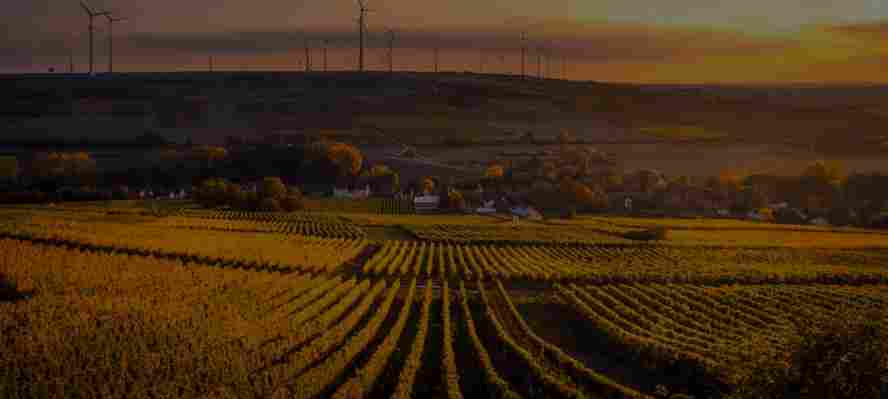Internet of Things, nanotechnology and digital education development are the 3 main elements that form the foundation of digitization in AG.

E ven if it still doesn’t feel like the age of digital technology is here, the impact of these large-scale innovations for the daily lives of people and the economy will be tremendous. Even as we speak, experts call these transformations as the “Fourth Industrial Revolution”, separating these concepts from the inconsistent history of previous technological failures that tried to improve the world. In today’s article, we are going to talk about how digitization will affect internal processes in agriculture, explain everything you need to know about this trend, talk about how it is being used and cover its benefits.
What is digitization in farming and what are its benefits
During the past decade, the implementation of technology gave farmers the opportunity to drastically increase yield sizes by maximizing output and automating input via the capabilities of AgTech. However, experts are sure that it is necessary to automate and digitize some of the most essential processes in farming even more, such as planting and cultivation in order to reap the benefits of optimal sustainability and gradual profitability. It is crucial to realize, that digitization will help us meet the goal of sustaining our growing population, which is, of course, the biggest challenge we are facing due to the ever-increasing number of people on earth. There are many solutions that will allow us to maximize sustainability. For example, innovations such as precision agriculture is a great method of doing this, however, it does require a slightly different approach compared to a standard historical/manual approach of farming we are using right now.
If we fail to achieve global adoption for new approaches like this one, it will be very difficult to improve the import/export experiences between leading countries as well, which is the main factor that will impact diverse food availability between countries. Data shows, that countries who are the biggest food providers thus far, all went through a technological farming revolution. For example, the idea of classical extensive agriculture was replaced by precision AG. Meaning, that systems for planting and cultivating crops changed from manual and labor-intensive approaches to data-based procedures that use robots, satellites and computers to do all the heavy-lifting. Moreover, instead of ploughing, sowing and fertilizing manually (as it was done throughout the history of agriculture), nowadays farmers can calculate the number of necessary resources for each crop in their field using AgTech – this makes it possible to avoid over expenditure of raw materials, it increases yield sizes more effectively and improves sustainability. This just proves the importance of digitization and how necessary it is to implement.
However, in order to continue succeeding with precision agriculture and digitization, it is necessary to help farmers go through three preparatory stages first.
The first one is the concept of automation – the process of reengineering labor-intensive processes.
Secondly, we must do a good job of utilizing the capabilities of AgTech in terms of crop monitoring.
Thirdly, the installation of sensors – crucial for equipment maintenance.
If we help farmers achieve these 3-steps and help them adopt these approaches globally, it is realistic to reach the stage of abundance in food resources by the year of 2050.